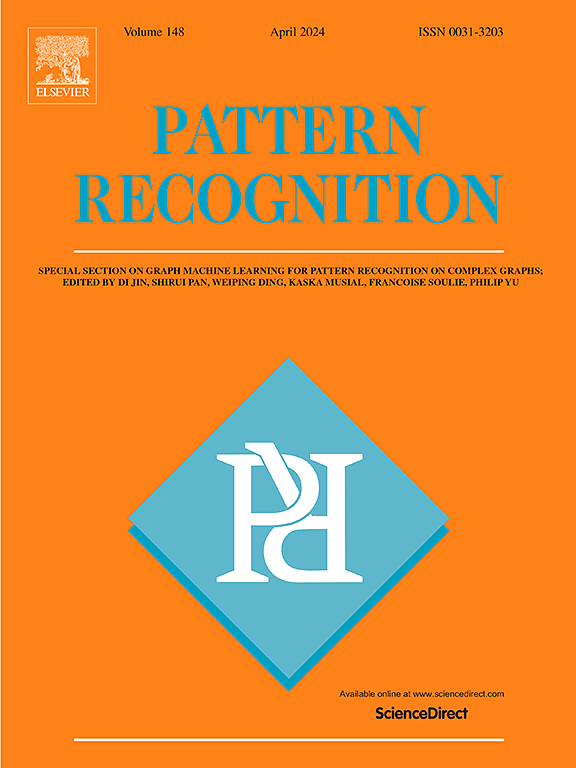探索特征成分的潜在可转移性
IF 7.5
1区 计算机科学
Q1 COMPUTER SCIENCE, ARTIFICIAL INTELLIGENCE
引用次数: 0
摘要
在无监督域自适应(UDA)中,特征解缠技术被广泛应用于从不可转移(特定领域)特征中提取可转移(领域不变)特征。然而,由于高维特征之间复杂的相互作用,分离出来的“不可转移”特征可能仍然是部分信息。压制或忽视它们,就像在以前的方法中通常采用的那样,会忽略内在的可转移性。在这项工作中,我们引入了两个概念:部分可转移类特征和部分可转移域特征(PTCF和PTDF),并提出了一种简洁的特征解缠技术。与之前的作品不同,我们并没有试图彻底剥离不可转让的特征,因为这在实践上是具有挑战性的。我们采用粗糙特征解缠和动态调整两阶段策略。我们将我们的模型命名为ELT,因为它可以系统地探索特征组件的潜在可转移性。ELT能够自动评价内部特征成分的可转移性,动态地多关注可转移性高的特征,少关注可转移性低的特征,有效地解决了负迁移问题。大量的实验结果证明了该方法的有效性。代码和补充文件可在https://github.com/njtjmc/ELT上获得。本文章由计算机程序翻译,如有差异,请以英文原文为准。
Exploring Latent Transferability of feature components
Feature disentanglement techniques have been widely employed to extract transferable (domain-invariant) features from non-transferable (domain-specific) features in Unsupervised Domain Adaptation (UDA). However, due to the complex interplay among high-dimensional features, the separated “non-transferable” features may still be partially informative. Suppressing or disregarding them, as commonly employed in previous methods, can overlook the inherent transferability. In this work, we introduce two concepts: Partially Transferable Class Features and Partially Transferable Domain Features (PTCF and PTDF), and propose a succinct feature disentanglement technique. Different with prior works, we do not seek to thoroughly peel off the non-transferable features, as it is challenging practically. Instead, we take the two-stage strategy consisting of rough feature disentanglement and dynamic adjustment. We name our model as ELT because it can systematically Explore Latent Transferability of feature components. ELT can automatically evaluate the transferability of internal feature components, dynamically giving more attention to features with high transferability and less to features with low transferability, effectively solving the problem of negative transfer. Extensive experimental results have proved its efficiency. The code and supplementary file will be available at https://github.com/njtjmc/ELT.
求助全文
通过发布文献求助,成功后即可免费获取论文全文。
去求助
来源期刊

Pattern Recognition
工程技术-工程:电子与电气
CiteScore
14.40
自引率
16.20%
发文量
683
审稿时长
5.6 months
期刊介绍:
The field of Pattern Recognition is both mature and rapidly evolving, playing a crucial role in various related fields such as computer vision, image processing, text analysis, and neural networks. It closely intersects with machine learning and is being applied in emerging areas like biometrics, bioinformatics, multimedia data analysis, and data science. The journal Pattern Recognition, established half a century ago during the early days of computer science, has since grown significantly in scope and influence.
 求助内容:
求助内容: 应助结果提醒方式:
应助结果提醒方式:


